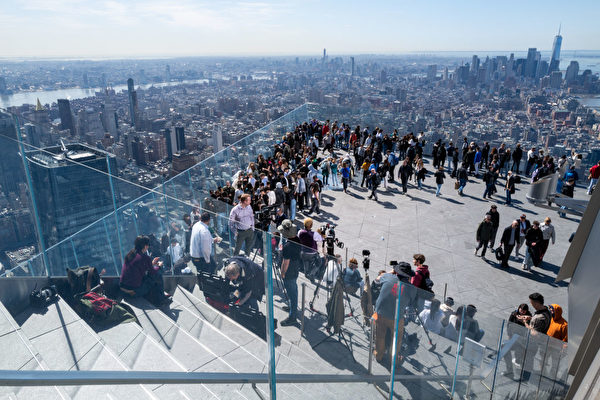A spectacular total solar eclipse is set to grace the skies of North America soon. On Monday, April 8th, millions of people across the United States are flocking to various locations, eagerly awaiting the arrival of this magnificent celestial event.
The National Aeronautics and Space Administration (NASA) has issued a warning to the public regarding the dangers of directly pointing their phones or cameras at the sun in an attempt to capture photos of the eclipse. NASA’s cautionary advice comes as a reminder of the potential risks involved in viewing and photographing solar eclipses without proper precautions.
The total solar eclipse is a rare cosmic phenomenon that occurs when the moon passes between the Earth and the sun, obscuring the sun’s light and casting a shadow on the Earth. This phenomenon transforms the daytime sky into a twilight spectacle, with the sun’s corona—a halo of plasma surrounding the sun—visible to the naked eye for a brief moment.
Although witnessing a total solar eclipse is a breathtaking experience, it is crucial for spectators to take necessary safety measures to protect their eyes from the harmful effects of staring directly at the sun. The intense solar radiation emitted during an eclipse poses a significant risk of eye damage, including solar retinopathy—a condition caused by overexposure to the sun’s ultraviolet rays.
To safely observe the total solar eclipse, experts recommend using specially designed solar viewing glasses or handheld solar viewers to shield the eyes from the sun’s harmful rays. These protective eyewear options are equipped with solar filters that block out the majority of the sun’s intense light, allowing viewers to observe the eclipse safely without risking eye injuries or permanent damage.
As the anticipation builds for this celestial spectacle, astronomers, photographers, and skywatchers alike are preparing to capture the awe-inspiring beauty of the total solar eclipse through safe and responsible means. Whether witnessing the event in person or following it through live streams and broadcasts, the total solar eclipse promises to be a moment of wonder and amazement for all who have the opportunity to gaze upon its splendor.

